What is Interoception & How it Affects Behaviour in Neurodiverse Students
(ODD, ADHD, PDA, AS)
What is interoception in neurodiverse students
Discussed in the Episode:
✅ H.A.L.T factors underlying behaviour. Hungry, Angry, Lonely, Tired and what to do
✅ Many ADHD children don’t recognise they’re tired until they’re completely exhausted.
✅ Some children don’t realise they’re thirsty until they need to drink an entire water bottle.
✅ A boy was having meltdowns at after-school care because he hadn’t eaten breakfast or drunk water all day.
✅ Using marked water bottles with lines indicating how much to drink by certain times of the day.
✅ Creating “appointments” for social connections where different children meet with a neurodiverse student daily.
✅ One mother reported her son couldn’t distinguish between needing to use the bathroom and feeling angry.
✅ Having a neurodiverse student help younger children with reading groups to create a connection
✅ Creating toilet timing routines (every 30 minutes) rather than waiting for children to recognise the need.
✅ A non-verbal boy who became aggressive because people weren’t talking to him or acknowledging him.
✅ A teacher who created lunchtime “appointments” where students could sit and chat with her, building connections.
Listen now to learn about interoception.
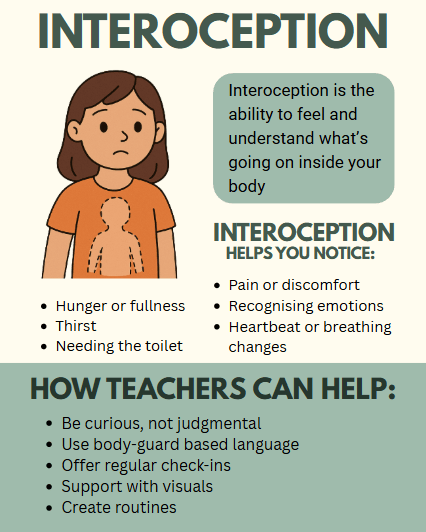
Download This PDF For More Information About Interoception

Did you know why you need routine drink, toilet & snack breaks for children with ASD, ADHD & SPD?
Interoception refers to the ability to perceive and understand your internal sensations and emotions. This occurs through receptors located throughout your body which communicate to your brain.
When the interoceptive system is working properly, you are motivated to take action to restore your balance and help you feel more comfortable. For example, if you get thirsty – you get a drink; if you feel cold – you get a sweater; if you feel anxious – you seek comfort. Simply, interoception is your urge to act.
For children with sensory processing issues, the brain can’t understand the sensory information their body if sending them meaning they are not able to identify their feelings. This often results in a sense of frustration, as they can’t locate their feeling of discomfort, and can cause meltdowns.
To tackle this, I highly recommend you introduce routines. These will accomodate for a the child whodoesn’t necessarily ‘know’ they are hungry, thirsty or need the toilet. It will also minimise discomfort and put them in a better mood . Think of yourself when you’re hungry, thirsty or need the toilet; does it affect you emotionally? In my experience, often sending a child to have a drink, go to toilet or eat something can prevent a meltdown. Therefore, I encourage you to create set routines for drinks, snacks and the toilet, as, whilst they can be challenging and time consuming to set up they are incredibly rewarding for everyone.

Some Strategies
1
Providing visual aids or schedules for drinking, eating and toileting reminders
2
Addressing potential sensory issues around toileting (e.g., noise, smells)
3
Collaborate with families to understand students’ interoceptive needs and challenges
4
Implementing sensory diets or movement breaks to support interoceptive regulation
5
Utilizing social stories or scripts to explain interoceptive cues and responses
6
Offering alternative seating or movement options for students with interoceptive difficulties
7
Make Toilet, Drink & Food a routine part of the day. Don’t wait for the child to ask as they often don’t know they need

Tips for Toileting
| by Jo Adkins & Sue Larkey | A guide for parents and professionals toilet training children with an autism spectrum disorder. Contents include: When to start toilet training, getting started, the use of rewards, techniques, dealing with accidents, sensory issues, bowel motions, generalising, night time training, frequently asked questions, pages of visuals all ready for you to cut out and use! And lots more! 60 pages of helpful hints and ideas.
$29.95
10 in stock
Are You Feeling Cold, Yuki?
A fun and enlightening book to explain interoception to children. Often such a misunderstood fundamental cause of many ‘out of sorts’ behaviours. Beautifully explained and Illustrated book to help everyone understand this vital concept. – Sue Larkey
$45.95
4 in stock
RECOMMENDED PODCASTS
EPISODE 208:
What Role do Sensory Solutions have in De-escalating Behaviour & Increasing Participation?
EPISODE 160:
Help Build Interoception and Internal Body Awareness. Interview with Bestselling Author Kay Al-Ghani
RECOMMENDED COURSES
Developing Social Skills for Children with Diverse Learning Needs with Sue Larkey – On-Demand Course
Related Products



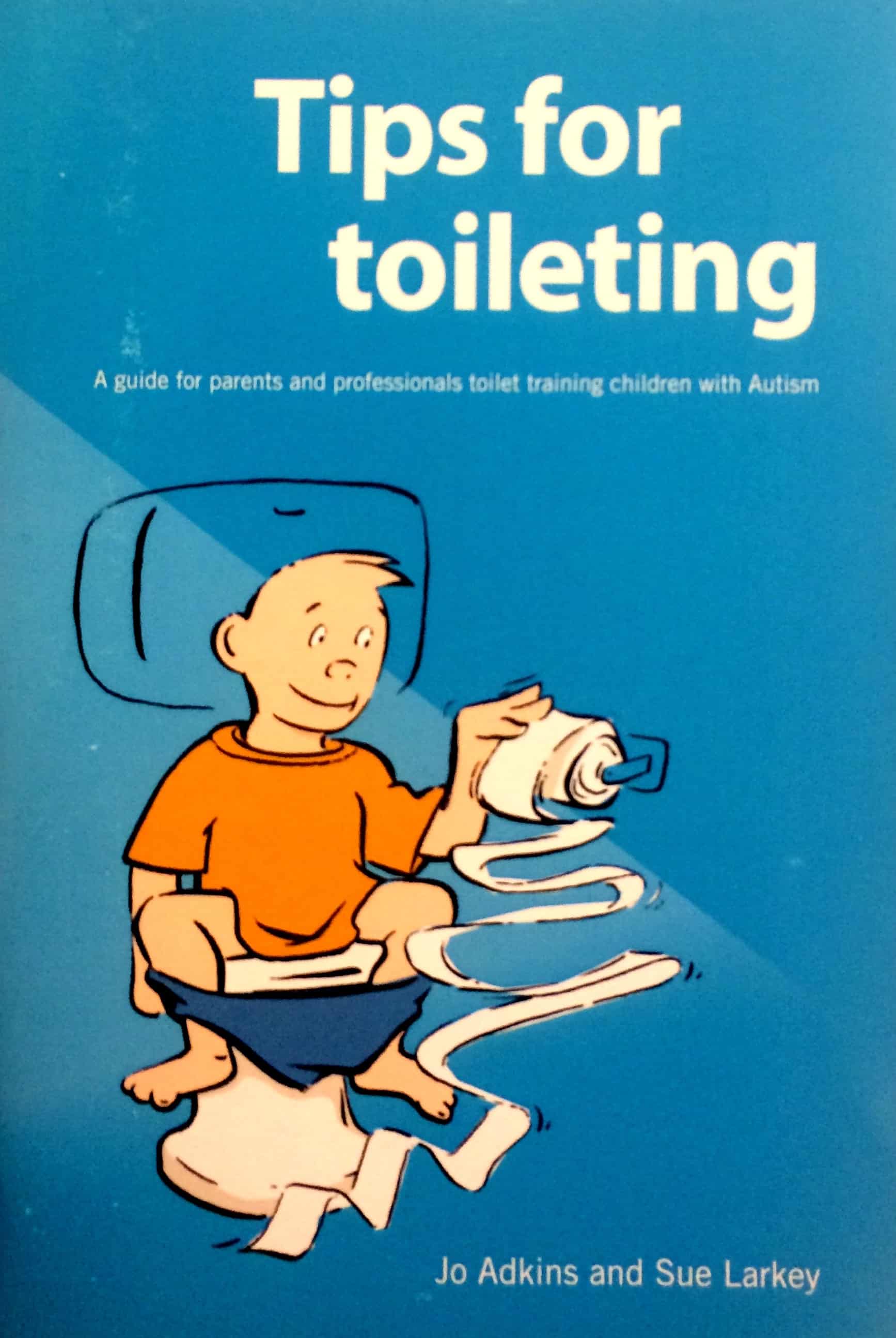
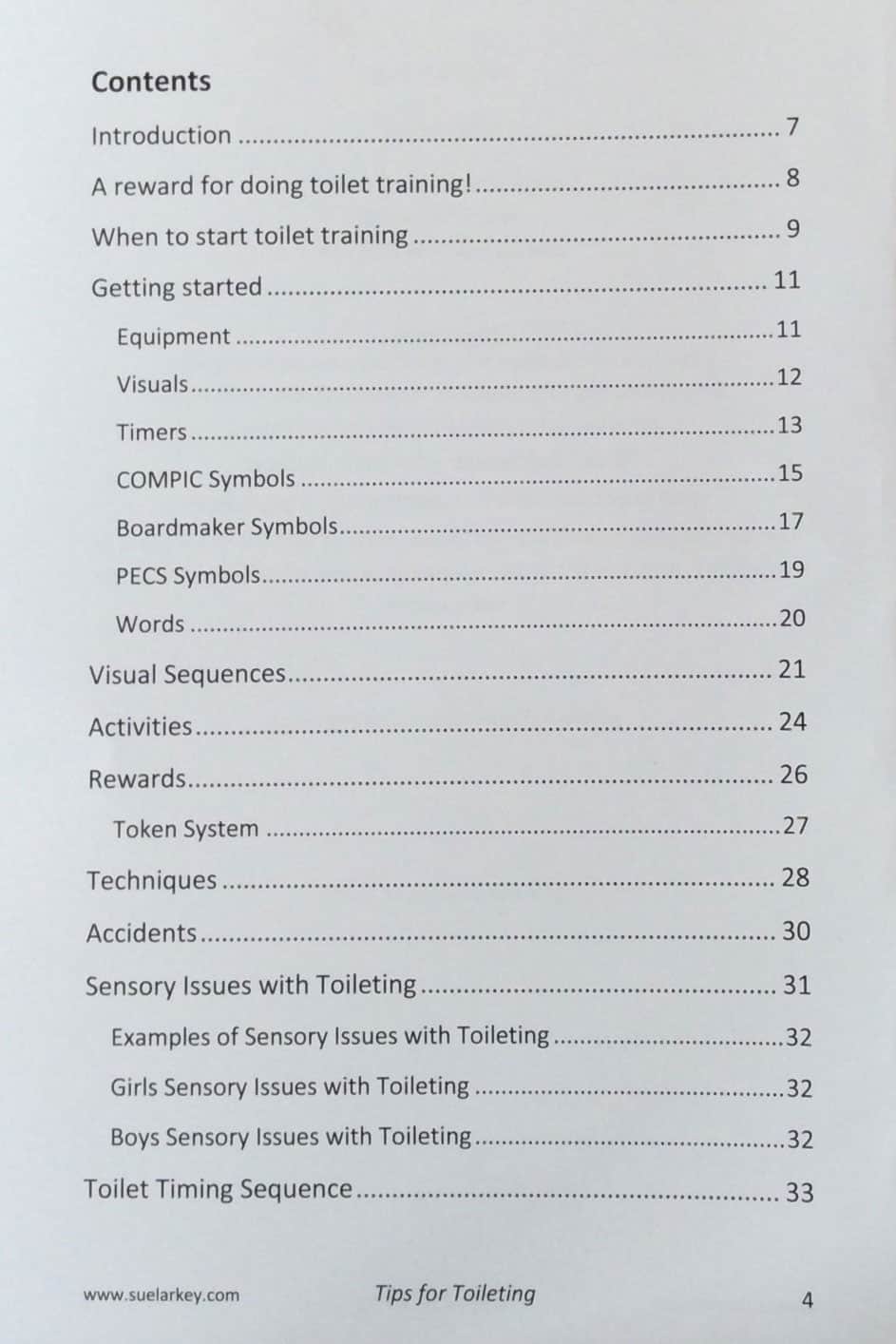
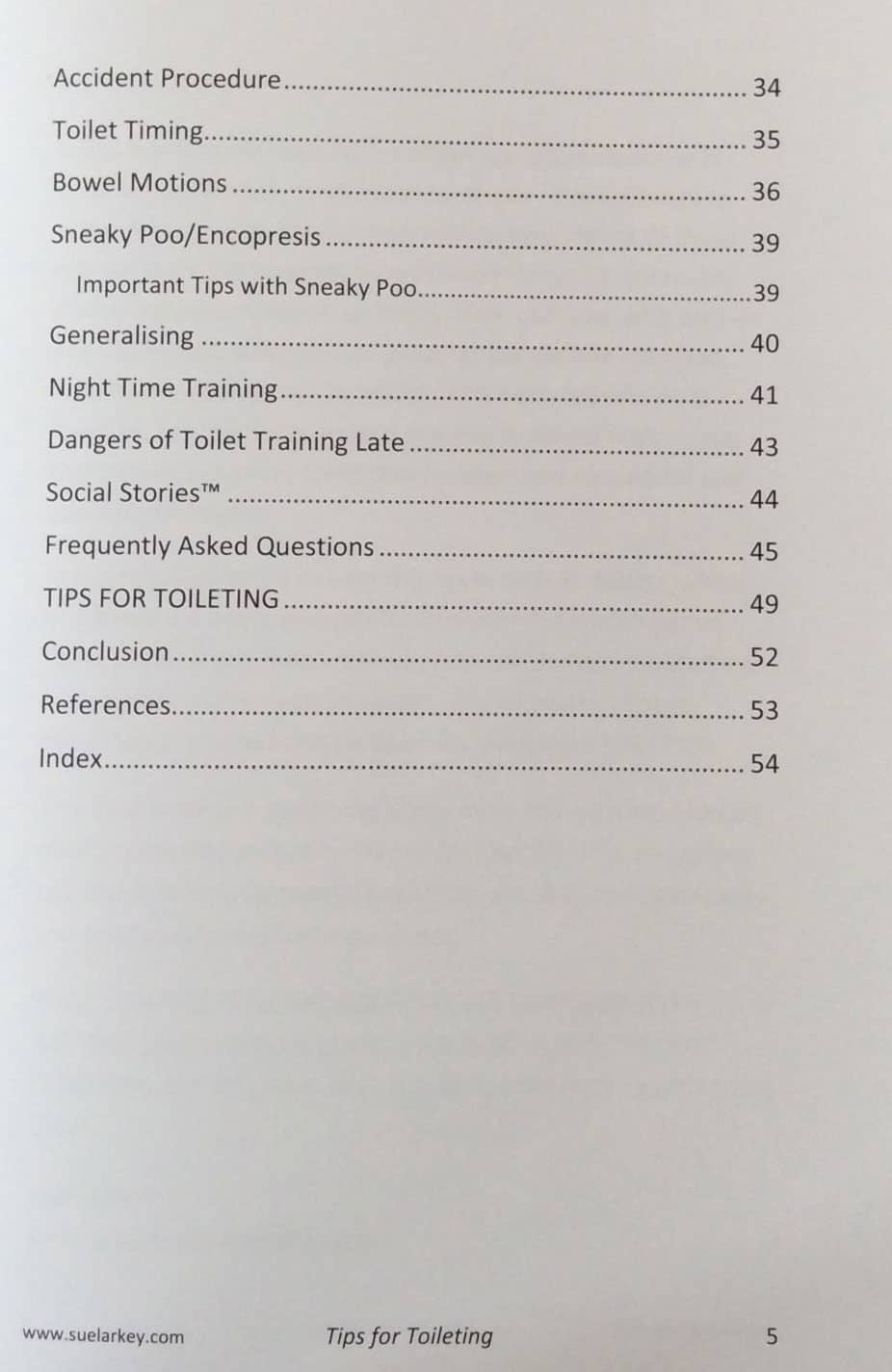
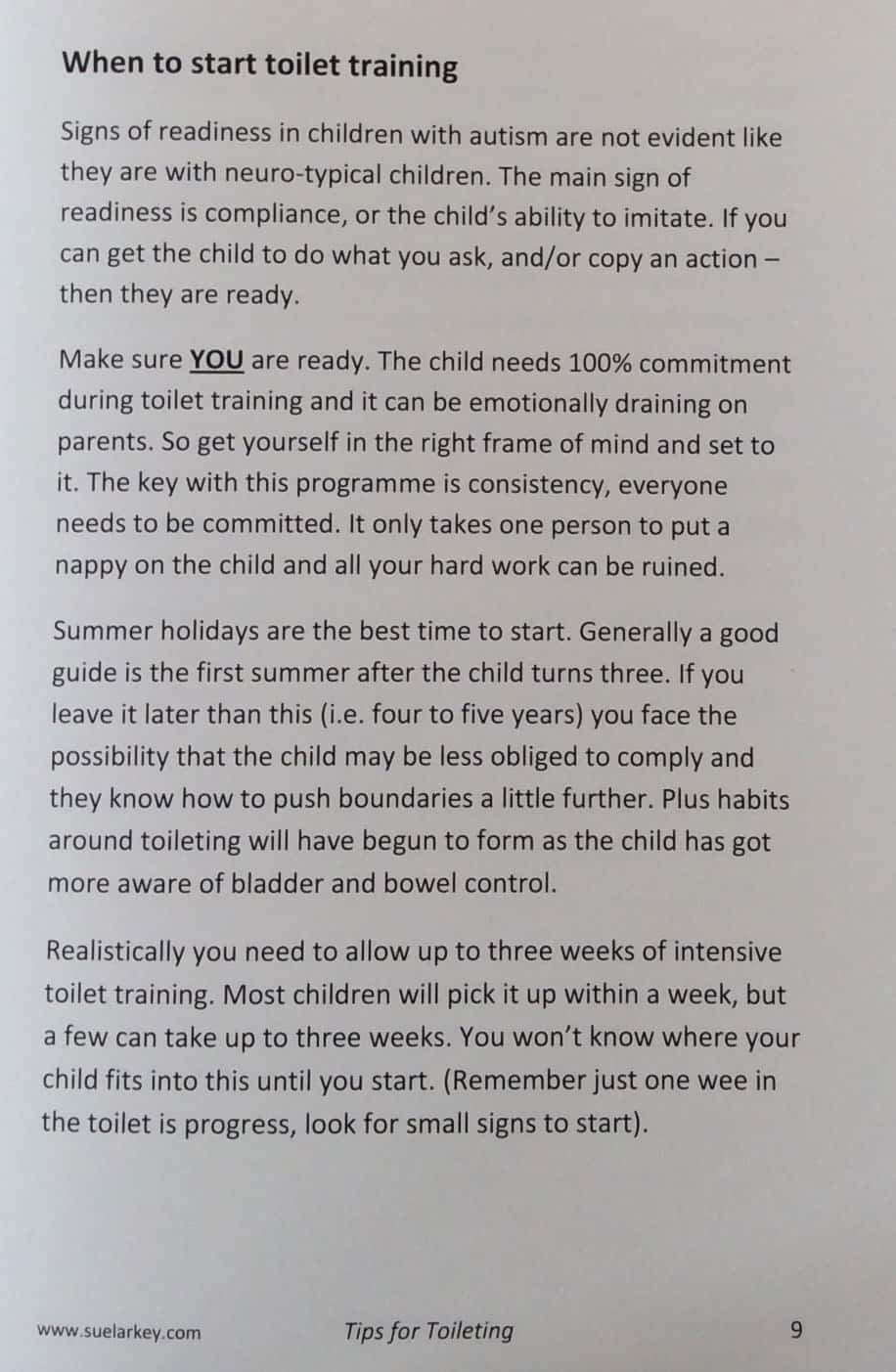
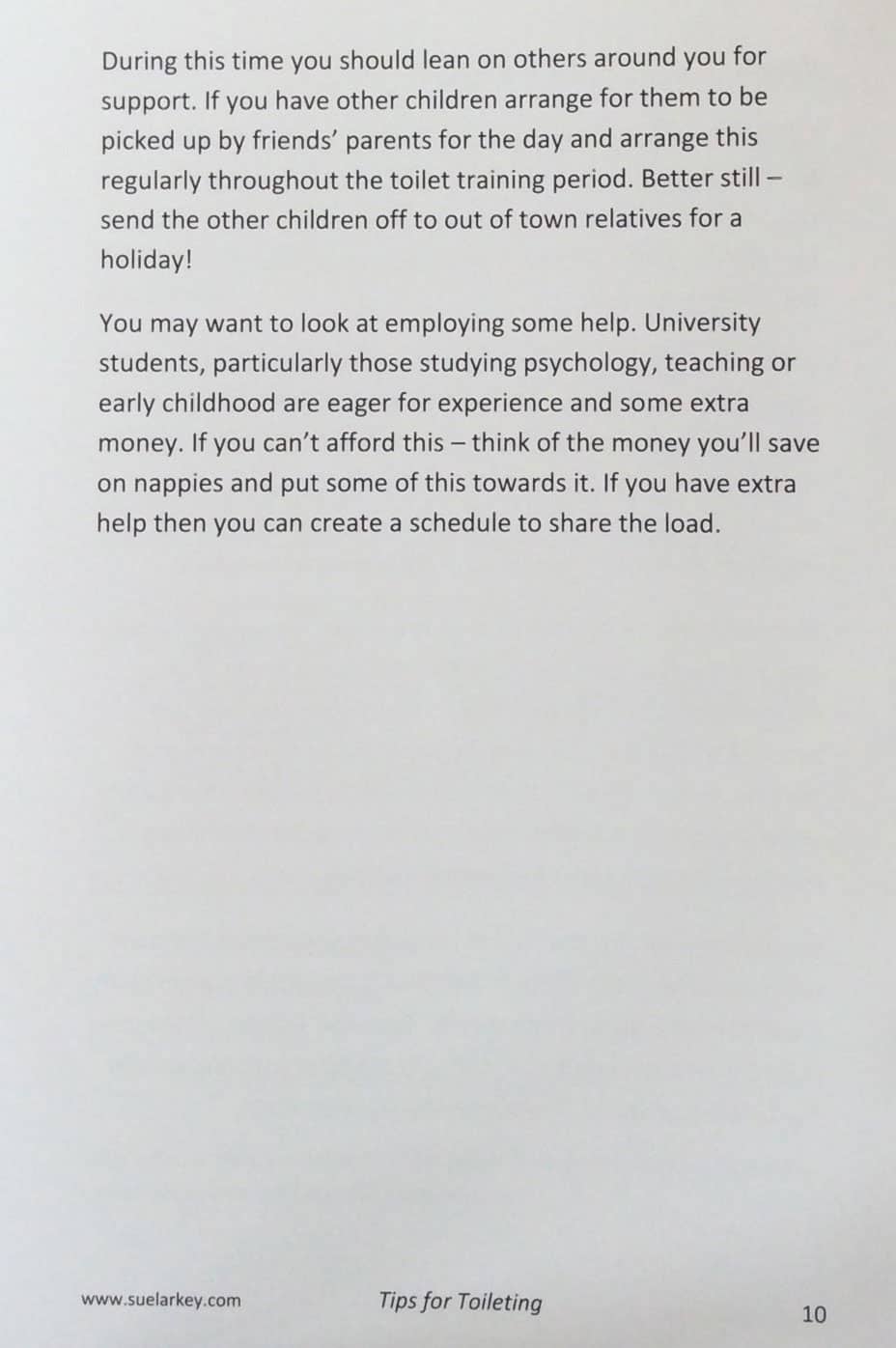
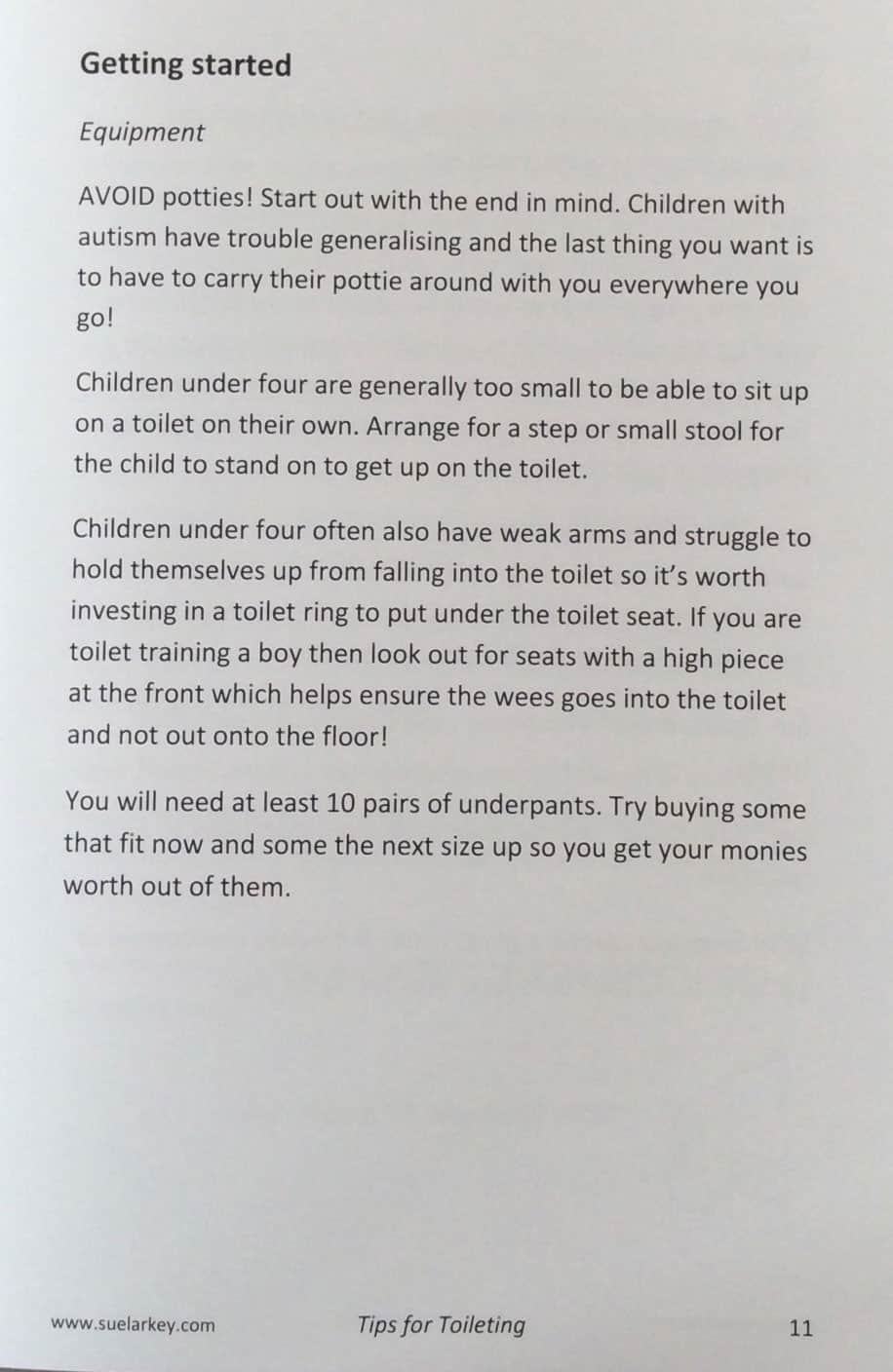

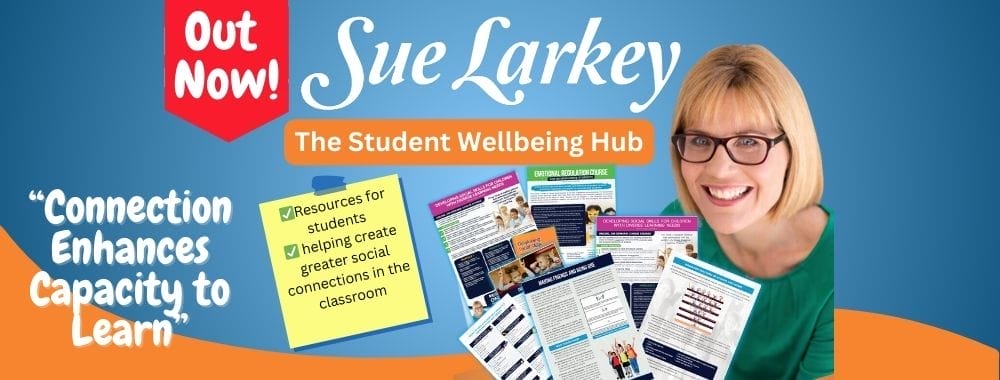



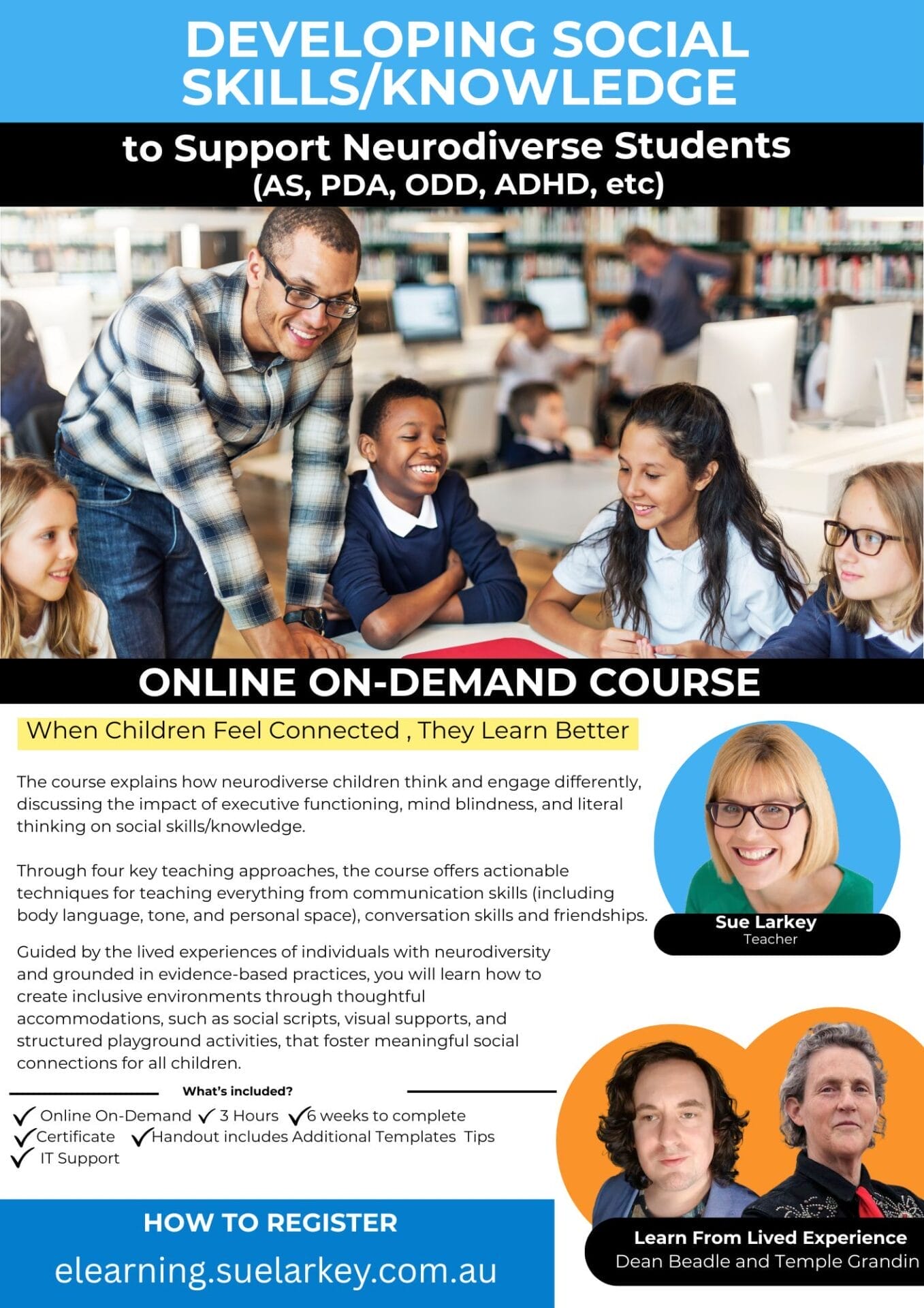


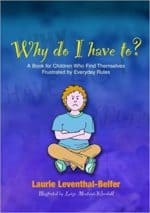

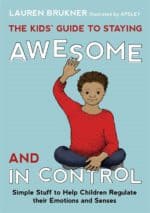





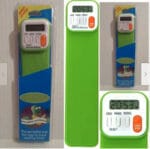






 Sorry we no longer ship items outside Australia. Please consider the digital versions of Sue’s Books –
Sorry we no longer ship items outside Australia. Please consider the digital versions of Sue’s Books – 